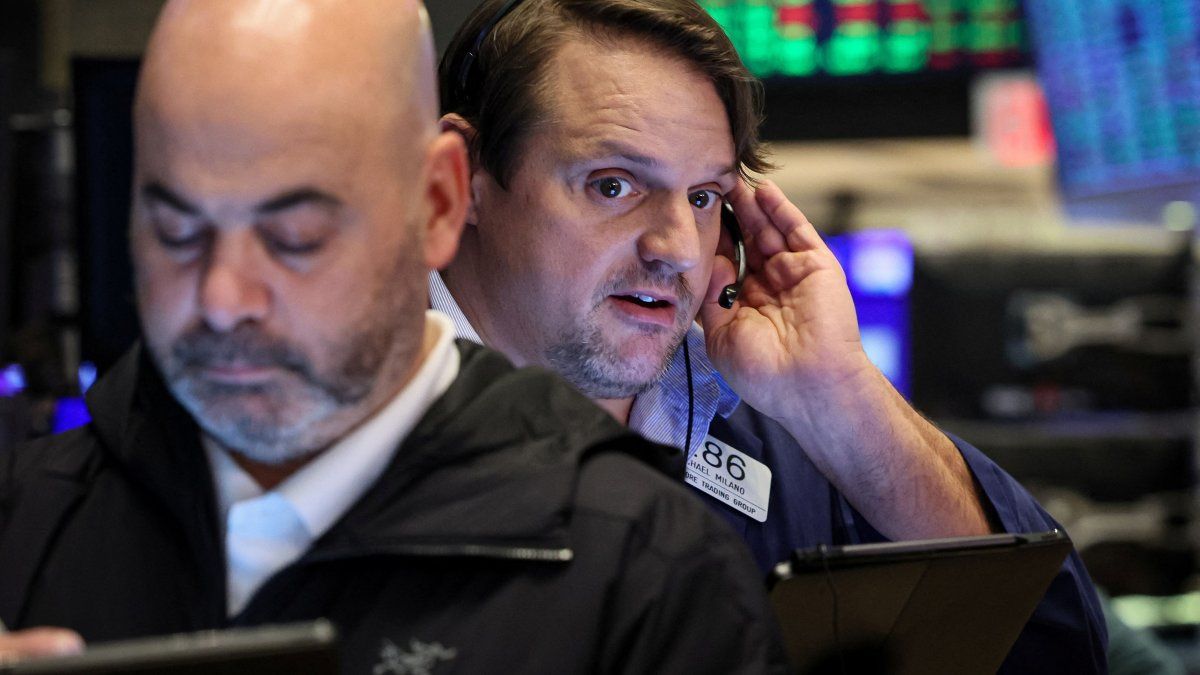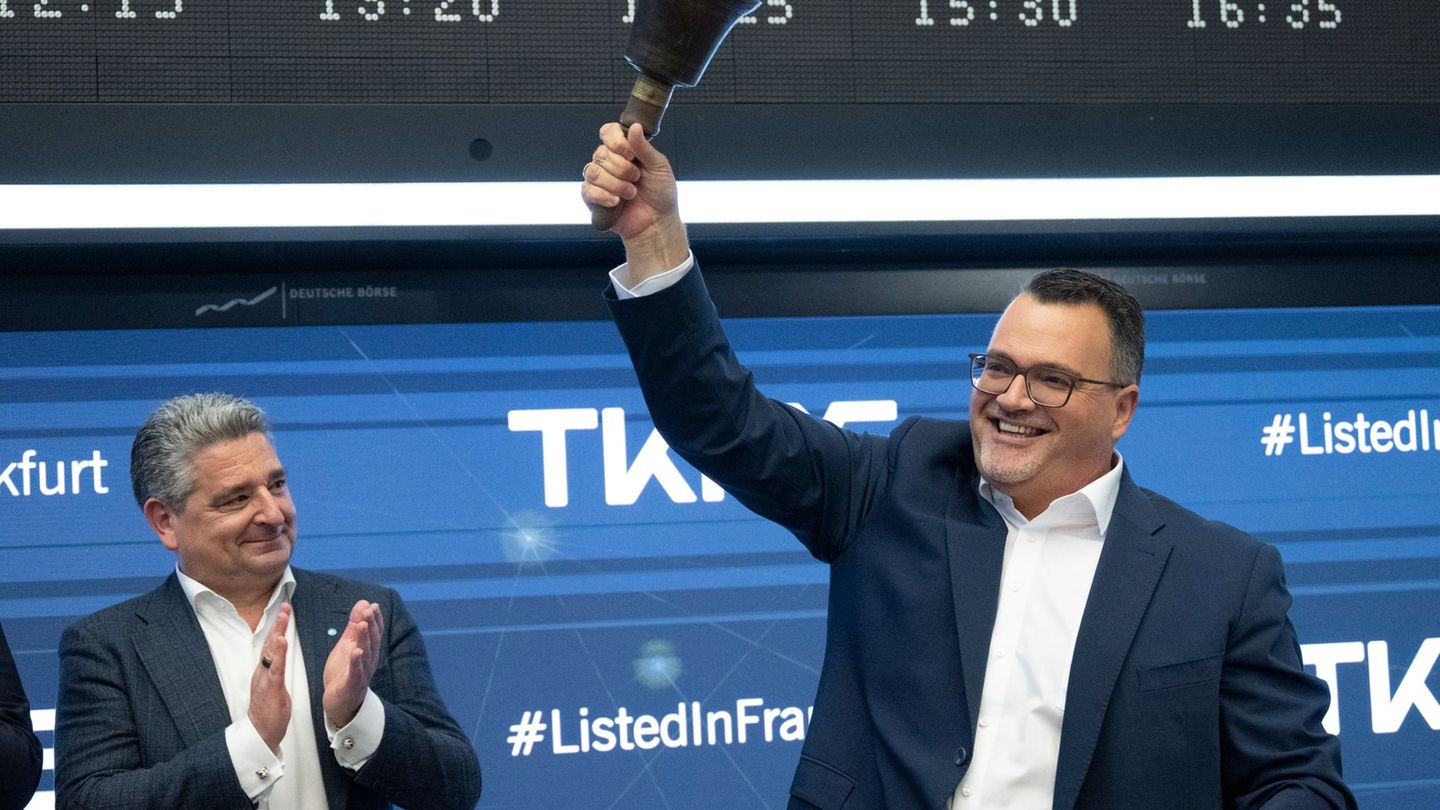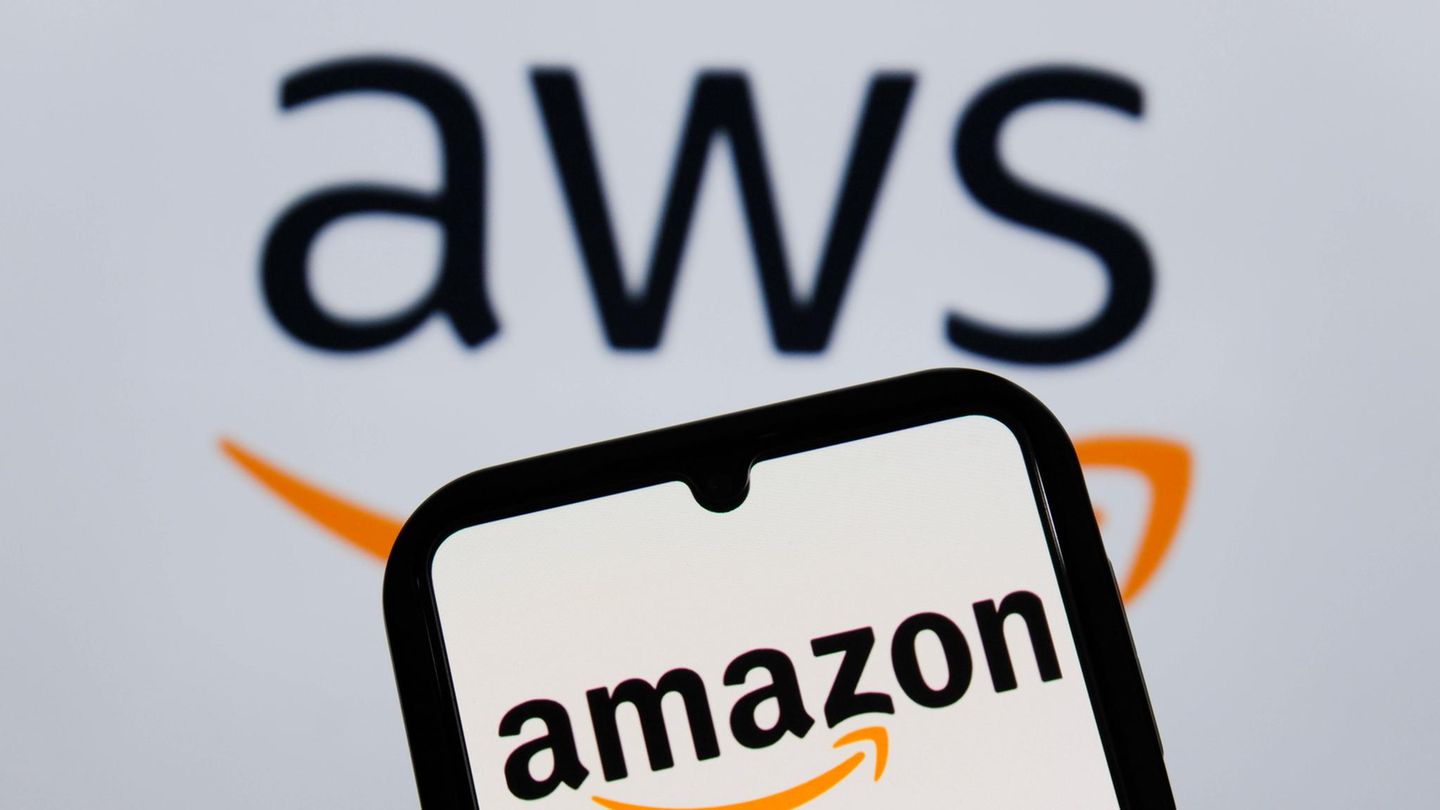President-elect Donald Trump threatened to impose new tariffs on Mexico, Canada and Chinathe three main trading partners of the United States, shortly after his inauguration, to force these countries to combat illegal immigration and drug smuggling.
The Republican also blamed China for not preventing “massive quantities” of drugs, especially fentanyl, from reaching the US. “Until that stops happening, we are going to impose an additional 10% tariff on China, on top of any other additional tariffs.”
Already during his campaign, Trump had promised to increase tariffs on Chinese imports between 60% and 100%. In this context, a new front emerges that worries Wall Street, which is navigating uncertainty after failing to decipher Trump’s economic plans and their impact.
Wall Street: the view of the market
Trump’s resounding victory removed any uncertainty over the results of the 2024 presidential election. However, what his second term means for investors is a matter of debate.
“We think it’s fair to say that the U.S. stock market is in a process of discovery regarding the new administration’s domestic policy platform, and that the political landscape presents both tailwinds and potential headwinds for stocks in the coming year. year,” wrote Lori Calvasina, head of U.S. equity strategy at RBC Capital Marketsin a research note on outlook to 2025, published on Monday.
Market action since Trump’s victory on November 6 reflects this uncertainty.
The S&P 500 (^GSPC) rose 2.5% the day after Trump’s victory. Since then, the benchmark has advanced less than 1%. At one point, the S&P 500 had lost all the momentum it gained after the election, before recovering again.
Small-cap stocks, a popular asset during Trump’s first term, also showed sharp moves. The Russell 2000 Index (^RUT) rose about 9% immediately after the election. It then lost more than half of those gains, although it subsequently rebounded again and hit an all-time intraday high on Monday.
As Calvasina noted: “At this point, we simply don’t know what the new administration will do about its campaign promises or to what extent it will fulfill them, which adds uncertainty.“.
The rise of Treasury bonds
Another pillar of the “Trump Trade” saw long-term Treasury yields rise, with investors fearing new tariffs would fuel inflation. However, the news Friday night that the president-elect would nominate Scott Bessent as the next Treasury secretary calmed some concerns, bringing the 10-year bond yield to roughly the level where it was on Election Day.
In a note to clients on Monday, Paul Ashworth, chief North American economist at Capital Economics, cautioned against reading too much into Trump’s Cabinet nominations, given the “uncertainty over what policies President-elect Donald Trump will implement during his second term.” .
Donald Trump.jpg
President-elect Donald Trump threatened new tariffs on Mexico, Canada and China and the markets are tinged with uncertainty.
Ashworth’s comments point to the core of the market’s problem right now: At the end of the day, campaign promises are just that, promises. During his first term, nearly half of the 15 people Trump initially appointed to lead executive departments left their positions before halfway through his presidency.
In a note issued on Monday, Venu Krishna, head of US equity strategy at Barclays, presented his forecast for the S&P 500 by the end of 2025, projecting 6,600 points, not including possible impacts from changes in US policies due to the ” changing nature of Trump 2.0’s political prospects.”
“[Hay] a temptation to read too much into cabinet nominations [de Trump]but we warn against it,” wrote Ashworth of Capital Economics. “After his resounding election victory, this is Trump’s world, and the rest of us, including his cabinet, are just living in it.”
Source: Ambito




